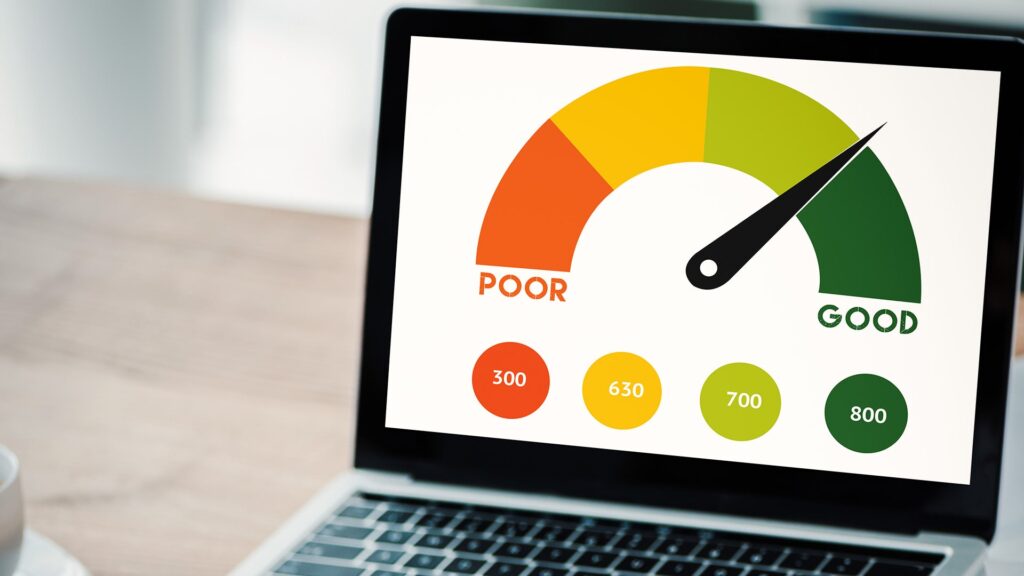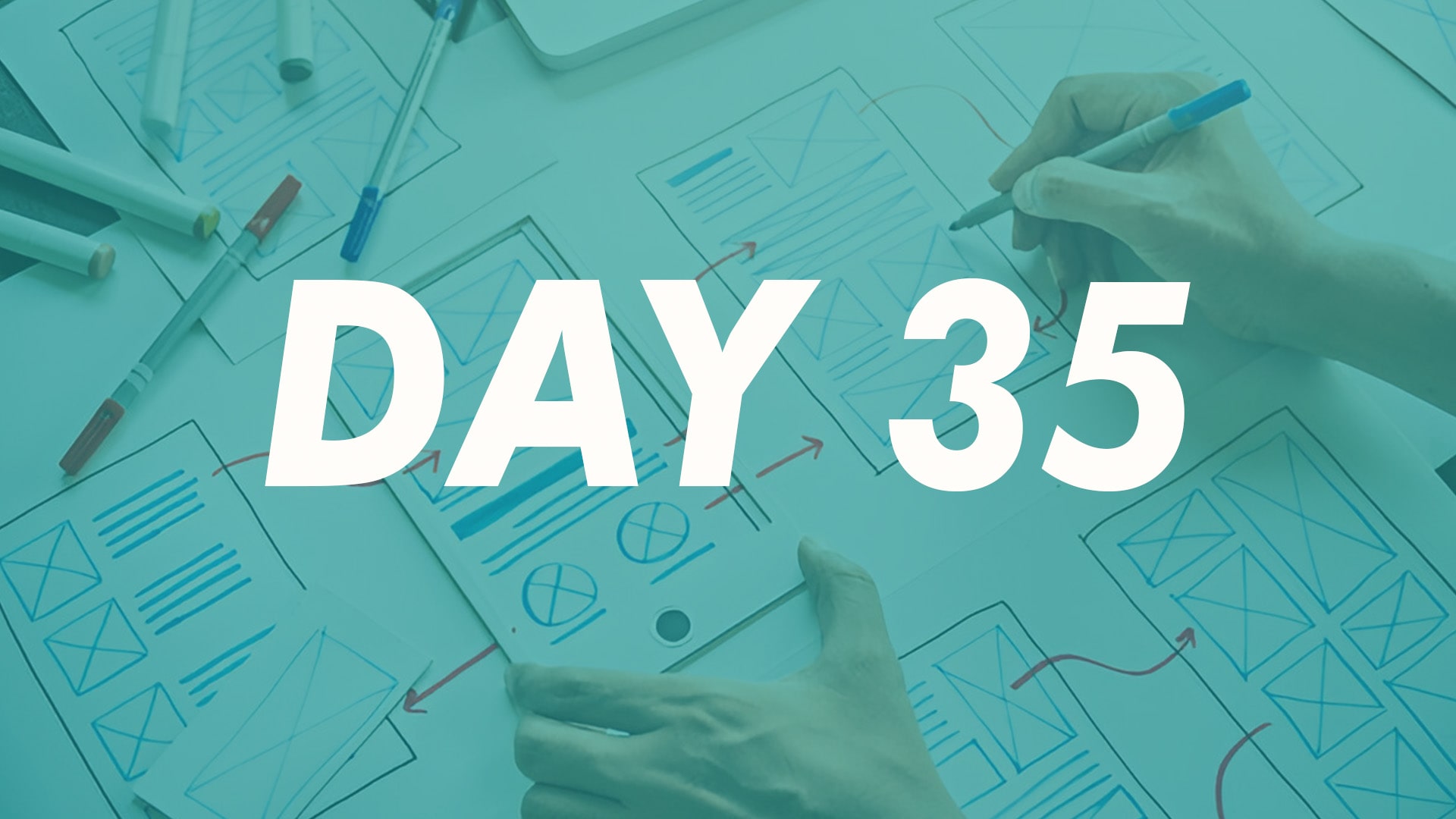Few months back, I was working on my web app for Veladune and found myself confused about which tech stack to use. There were so many options — frameworks, libraries, databases, hosting services — and it felt like choosing the wrong one could waste a lot of time.
I wanted something fast, modern, and easy to manage, but also something that could grow with the project. If you’ve ever felt the same, you’re not alone. Choosing a tech stack is one of the most important early decisions you’ll make when starting a new project.
It affects how quickly you can build, how easy it is to maintain, and how well it performs. In this blog, I’ll share how I broke down the decision and what you can do to choose the right tools for your own project — without getting overwhelmed.

1. Start with Your Project Goal
Before you even look at tools, it’s important to ask: What am I actually building?
Different types of projects have different needs. A personal blog doesn’t need the same setup as a large e-commerce platform. For example, if you’re building a portfolio, something lightweight like HTML, CSS, and a static site generator (like Astro or Next.js) might be perfect. But if you’re building a web app with user accounts, payments, or real-time data, you’ll need a more complex stack.
By understanding your project’s purpose, you can narrow down your options and avoid tools you don’t really need.
2. Consider Your Skills (or Your Team’s)
A common mistake is choosing tools just because they’re popular — even if you don’t know how to use them.
When I started working on Veladune.com, I had more experience with React and Next.js, so I naturally leaned toward those instead of learning a new frontend framework from scratch. If you’re building solo or with a small team, pick tools that you’re comfortable with, or ones that are easy to learn.
That doesn’t mean you shouldn’t experiment, but don’t pick a complicated backend framework or niche database if it’ll slow you down or leave you stuck.

Facebook
Twitter
LinkedIn
3.Think About Speed vs Scalability
Another important question is: Are you trying to build something quickly, or are you preparing for long-term growth?
If your goal is to get an MVP (Minimum Viable Product) out quickly, go with tools that speed up development — like Supabase, Firebase, or a full-stack framework like Next.js. These platforms often handle things like authentication, databases, and APIs for you.
But if you’re building a product you expect to grow significantly, you might want more control. In that case, using something like PostgreSQL for your database and Express or Django for your backend could give you more flexibility later.
4. Break the Stack into Layers
It helps to look at your tech stack in layers — that way, you can focus on one part at a time.
Frontend (UI/Client-side): React, Vue, Svelte, plain HTML/CSS, etc.
Backend (Logic/Server-side): Node.js (Express, NestJS), Django, Laravel, etc.
Database: PostgreSQL, MongoDB, MySQL, SQLite
Hosting: Vercel, Netlify, DigitalOcean, Render
Extras: Auth (Auth0, Clerk), CMS (Sanity, Contentful), analytics, CI/CD
Think of it like building a house. You need a solid foundation (backend), a structure (frontend), and services to run it (hosting). Choosing each layer carefully helps avoid tech debt later.
Skyrocket your customer base with our digital marketing specialists
Get a free consultation
limited time
5. Keep It Lean (Avoid Overkill)
It’s tempting to use fancy tools and complex architecture, especially when you’re just starting out. But sometimes simpler is better.
For Veladune.com, I avoided using Docker or microservices because I didn’t really need them at this stage. They’re powerful, but they also add more complexity and setup time. If one simple app can handle your needs, start there — and upgrade later.
Use tools with strong documentation and a large community. That way, if you get stuck, you’ll always find help or tutorials.
Popular Tech Stack Examples
Here are some common combinations that might help you get started:
Portfolio or Blog: Next.js + Tailwind CSS + Vercel
MVP or Startup App: React + Supabase + Stripe
E-commerce Site: Shopify Headless + Next.js + Sanity CMS
Backend-heavy App: Express + PostgreSQL + Redis + Docker
Pick the one that feels closest to your project — and modify from there.
To Wrap Up
Choosing the right tech stack doesn’t need to be stressful. Start by understanding your project goals, your own skillset, and whether you need speed or long-term control. Keep it lean and don’t worry about using every new tool out there.
The best tech stack is the one that helps you build, learn, and launch — not just the one with the most stars on GitHub. So if you’re planning your next big idea, take a deep breath, focus on what you really need, and build with confidence. You’ve got this.
“Don’t miss out on our latest computer science, technology, lifestyle, business and design updates! Keep our notifications on to stay up-to-date.”
Want to get weekly knowledge ?
Get notified whenever we post new stuffs.



